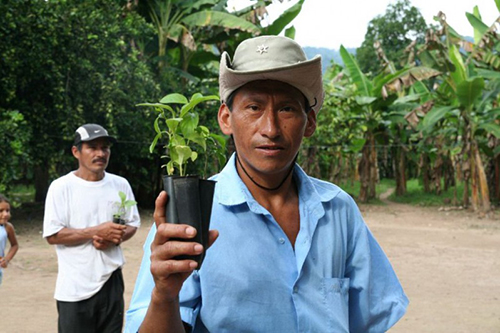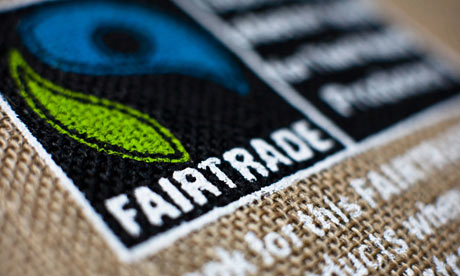
In their remarks at the International Co-operative Alliance’s 2016 Global Conference and General Assembly, held in Antalya, Turkey last month, representatives of the cooperative sector in the U.S. made the case for increased sustainability and greater public awareness of the global movement.
In her presentation, CEO of National Co+op Grocers Robynn Shrader unpacked the organization’s new sustainability program, called Co+efficient—an online portal that helps food co-ops achieve and track sustainability. As co-ops submit answers to preloaded questions, the program automatically calculates metrics, such as the co-op’s greenhouse gas emissions or landfill diversion rate.
NCG’s retail food co-ops—all of whom participate in the program—can also create dashboards and reports that show data trends over multiple years and compare their performance with other co-ops of similar size or in similar climates. NGC compiles the data into infographics that are easy to incorporate into co-ops’ annual reporting, consumer-facing websites and other channels of communication.
“The most exciting part about Co+efficient is that it allows us to leverage data to improve our impact in a strategic way because we can begin to see in near real-time the effect of individual co-ops’ activities,” Shrader said.
“These benchmark comparisons over time and between co-ops can help us understand where there is opportunity for improvement,” she added.
NCG’s three sustainability impact areas—environmental, economic and social—mirror the three pillars of sustainability, as defined by the ICA. The theme of the association’s 2015 Global Conference and General Assembly, Towards 2020, focused on realizing the Blueprint for a Cooperative Decade’s vision of having co-ops be leaders in sustainable business by 2020.
Using Co+efficient, NCG is also tracking its own suitability metrics. To offset greenhouse gas emissions associated with employee air travel and ground transportation, as well as electric utilities used in its main office, NCG partnered with an international environmental organization called Pur Projet to establish the Co+op Forest—a living forest in the Peruvian rainforest that offsets its carbon emissions.
Since 2013, Shrader said, NCG has planted 4,700 native trees in a deforested region of Peru and protected an additional estimated 800,000 trees by conserving 1,600 acres in a highly bio-diverse old growth forest.
The forest is contributing to economic sustainability by working with two fair trade, organic farmer cooperatives that help local farmers use sustainable agroforestry techniques to produce chocolate, coffee, honey and FSC-certified timber. These efforts not only contribute to land regeneration, but also provide the community with diverse and reliable income sources. NCG’s co-ops in the U.S. stock some of these products on their store shelves, embodying co-op-to-co-op collaboration.
Touching on NCG’s commitment to social sustainability, Shrader explained that the Co+op Forest is located in a region that was devastated by the drug trade during the 1980s—the surrounding communities suffered from drug-related violence and the land was deforested using slash and burn techniques to clear land for coca production.
“Co+op Forest is really helping to support an important alternative to producing coca, and helping the region to not only recover from environmental damage, but also retain social stability as well,” Shrader said.
NCG is on track to protect more than 1 million trees in the Co+op Forest as early as 2016, she added.
Also during the ICA’s 2016 Global Conference and General Assembly, Howard Brodsky, CEO of CCA Global Partners, expanded his challenge to build a better world through cooperative business. The cooperative business model is superior—contributing to stronger communities, more sustainable businesses and more empowered owners—but traditional capitalism continues to dominate the economy because “the cooperative message is confusing and public awareness is low,” he said.
To scale up growth and success, the cooperative movement needs a unified message that explains the ‘why’ driving co-ops, not the ‘what.’ “Great companies tell why they do what they do,” Brodsky said. Under his vision, cooperatives would unite to propel the cooperative movement forward while still maintaining their uniqueness, and each cooperative sector would benefit from increased exposure and growth. Click here to watch Brodsky’s launch video, unveiled at NCBA CLUSA’s 2015 Annual Cooperatives Conference in Washington, D.C. earlier this year.
Brodsky’s presentation in Turkey last month marked the international launch of Cooperatives for a Better World.
(December 1, 2015)


